Up Next

Formula 1 teams have just three days of pre-season testing to get ready for the Bahrain Grand Prix.
Though many have conducted shakedowns already and their 2021 cars are heavily carried over from their 2020 designs, all 10 face huge jobs lists for the next three days at Sakhir.
Our writers run through what each team must focus on to ensure they’re ready to start the season strongly.
Mercedes
Validating engine fixes
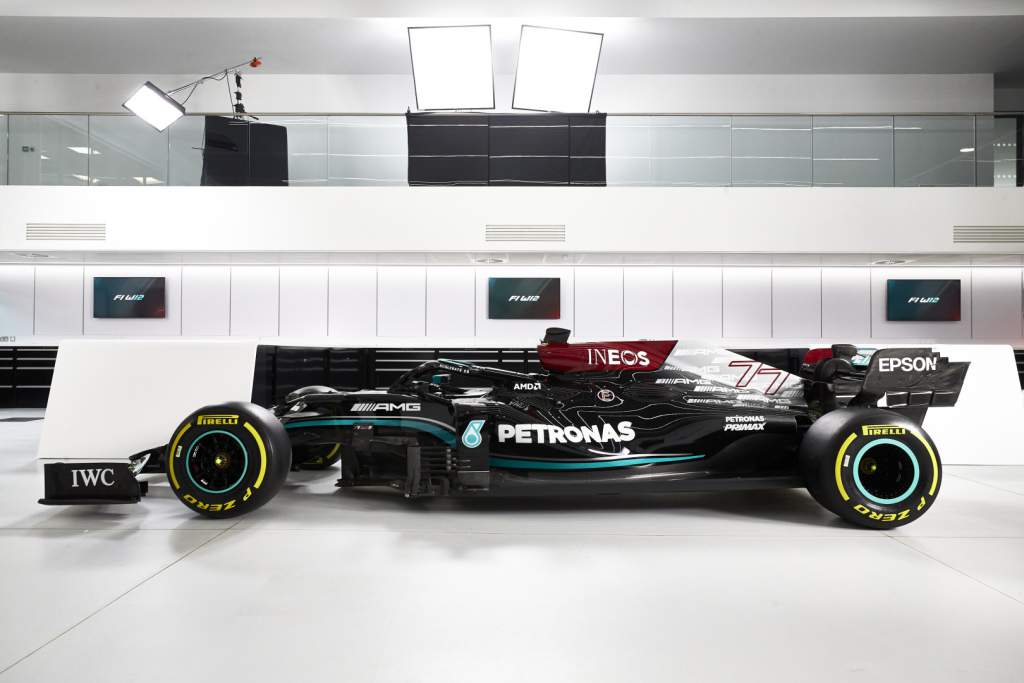
Mercedes talking about a perceived vulnerability or threat tends to get F1 fans rolling their eyes, because we’ve heard it all before.
But, like it did one year ago, Mercedes has expressed some engine reliability concerns in the off-season.
In 2020 Mercedes still had these in testing and was arguably a little fortunate to have until the postponed season opener in July to make sure everything was sorted.
Now it has fixes for its fresh issues, and expects everything to be fine come the Bahrain Grand Prix in two weeks.
Its 2021 engine packs further innovations, and each new idea brings a new risk with it. Only three days of testing means that validating reliability on-track is likely to be a key Mercedes target.
That in itself is not unusual, though, and it’s hard to see what else Mercedes might be majoring on – no surprise given this is F1’s benchmark team.
Mercedes has outlined a few things that has it worried for the 2021 season, but a couple of them – the new budget cap and aerodynamic testing handicap – aren’t really relevant to pre-season in Bahrain.
The one area that matters is the changed aerodynamic rules, but this is not specific to the title-winning team. Yes, correlation will be key, as it will be for trialling any new parts, but these are standard testing requirements.
Mercedes will still need to do the basics properly, but that’s really what this team does best. – Scott Mitchell
Red Bull
Assess two old fragilities
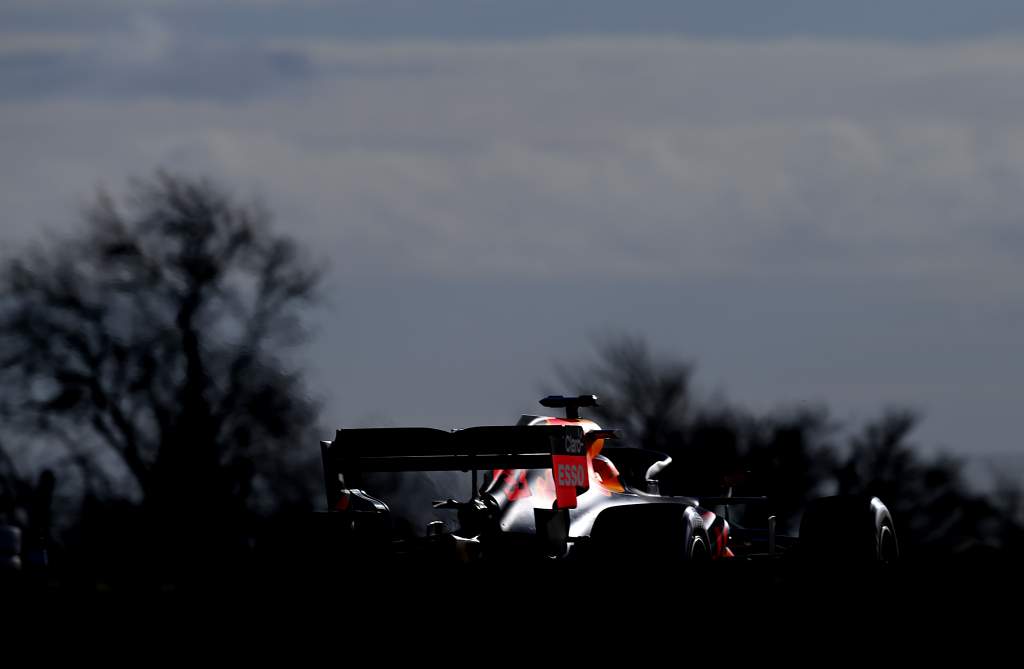
Two key issues have thwarted Red Bull and Honda in the past (not necessarily at the same time).
For Red Bull, there have been too many cases of ‘windtunnel correlation’ issues holding its designs back at the start of a season.
For Honda, prior to its Red Bull days, pre-season testing was where a host of fresh reliability problems came to light.
There is nothing either party can do if either of those old fragilities come to light in testing. What Red Bull and Honda will surely be targeting is an assessment of those areas to see what’s needed for the season opener.
Red Bull must make sure that its development work for the new floor rules, and whatever other changes have been made on the secretive RB16B, haven’t exacerbated a bad characteristic or created a new one.
With just three days of testing, the target has to be to understand exactly what the RB16B is doing versus expectations so another half-a-season isn’t wasted trying to correct it.
Its engine partner Honda also needs to live-test its overhauled engine concept. Whatever shortcomings its new engine may have, discovering them in testing could enable countermeasures in time for the season opener – or if the situation is bad, ready a reliability update (which is permitted in the rules) as soon as possible. – SM
McLAREN
The first test of the Mercedes reunion
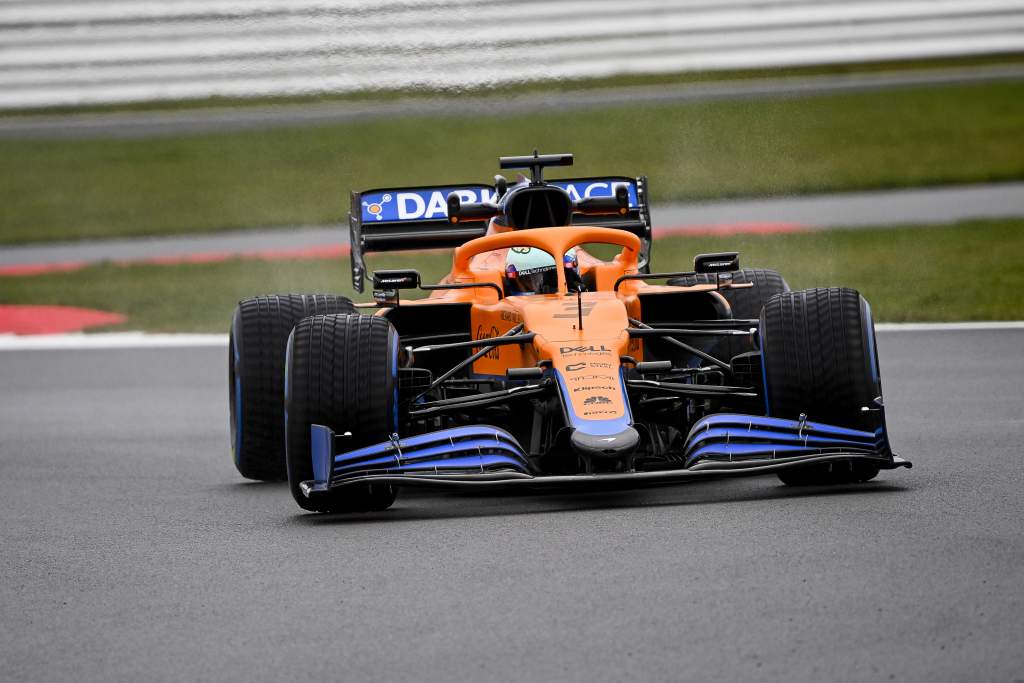
On paper McLaren has perhaps the biggest task of all in these three precious days, for it has to ensure the integration of a power unit from a different manufacturer and with a different architecture works as simulation suggested.
It has used the split-turbo Mercedes before, in 2014, and the split turbo Honda in 2017. But the devil will be in the detail.
Back in 2018 winter testing with what was then a newly-acquired Renault motor McLaren encountered many technical niggles that badly restricted its track time. This had the run-on effect of a basic flaw in the car’s aerodynamics not being properly discovered until the second race.
This time around the team has had much more of a lead time to make the change, but still…
As at Ferrari and Alpine, it must fit all this in with the bedding-in of a driver new to the team, though this is not Daniel Ricciardo’s first rodeo so he should adapt pretty quickly. – Mark Hughes
Aston Martin
Adapting to two new additions
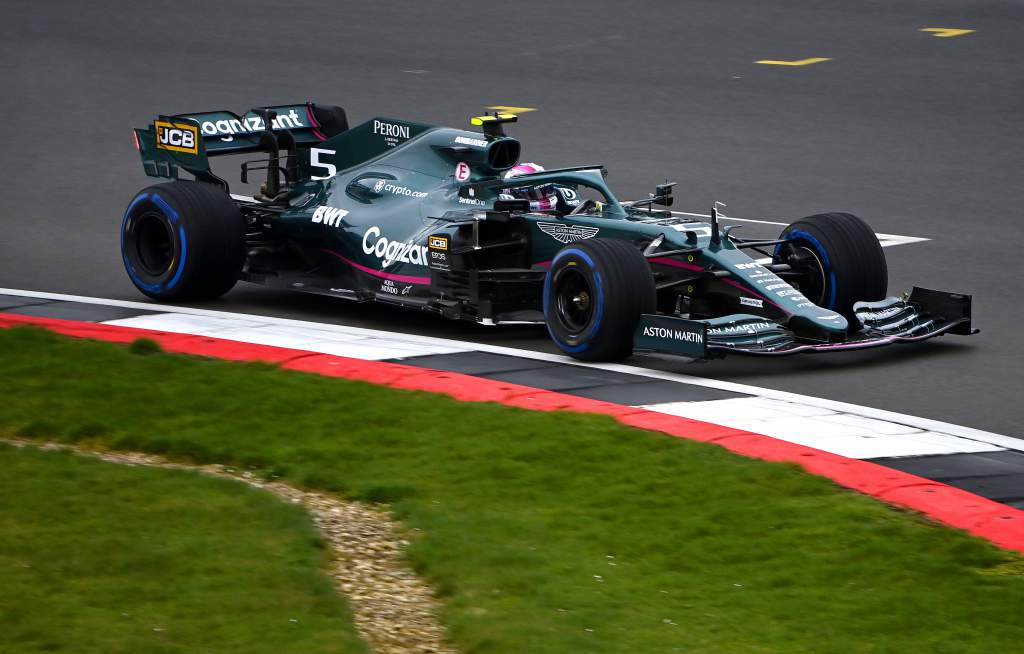
The shakedown of the AMR21 gave Aston a first opportunity to work with star signing Sebastian Vettel in a live trackside environment.
However, the test is a much more relevant and significant progression in the four-time world champion’s fledgling journey with his new team.
It is in this test Aston will discover more of Vettel’s preferred driving style and working habits.
Vettel will have his first real chance to offer feedback on a very different car to last year’s Ferrari, and Aston can learn more of what its new driver needs.
How much each party adapts to this reality will then inform the early part (at least) of his and the team’s 2021 season.
The other major new part of the Aston set-up is the upgraded Mercedes rear end. Aston has switched to the 2020-spec gearbox and rear suspension, described as “adventurous” by Mercedes last year.
That, combined with the new aero rules every team is adjusting to, will define the AMR21’s key characteristics compared to its predecessor the RP20. So understanding that has to be at the top of the team’s to-do list. – SM
ALPINE
Welcome back Alonso
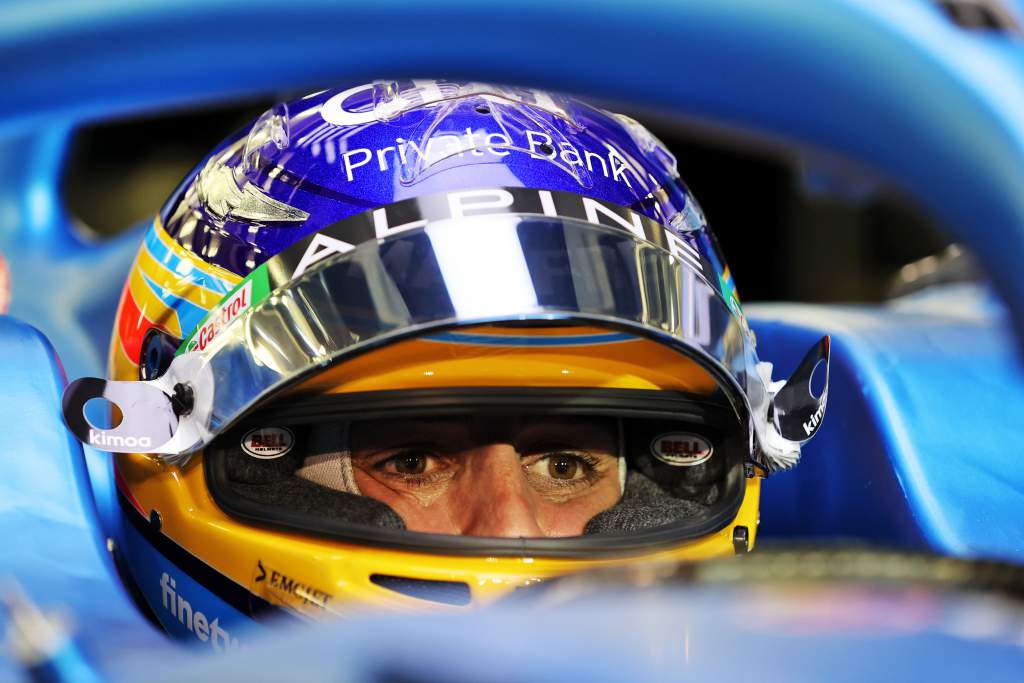
Technically, the task here is perhaps more straightforward than at those teams making bigger mechanical changes.
This is the same concept of engine, merely tweaked, the same general car layout, albeit with what should be a better rear end.
The questions are going to be more about performance and whether the Alpine A521 can continue the team’s improvement curve with such small changes around a revised set of technical regulations and the new Pirelli tyres – and with Fernando Alonso’s arrival in place of Ricciardo.
Then there’s the question of whether Alonso suffers any difficulties from his recently-broken jaw. – MH
FERRARI
Make sure radical changes work
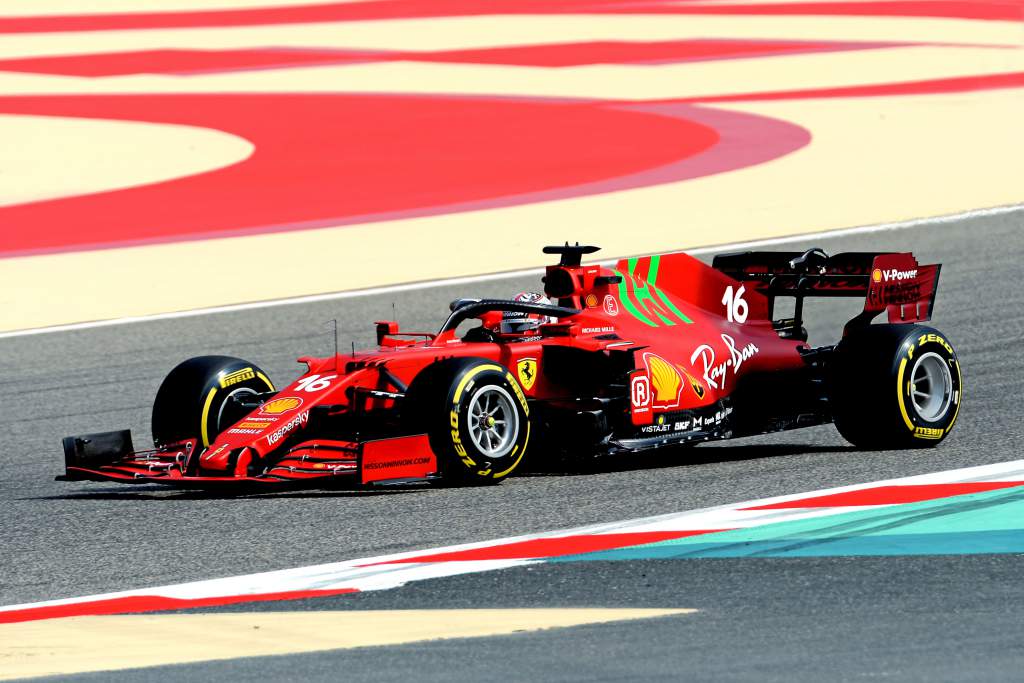
Three days for a new mechanical package at the rear end to be checked out – raised differential and new gearbox casing to facilitate a more rearward-swept rear suspension – and to check that an all-new engine doesn’t have any teething problems.
If there’s any problem with any of that it leaves precious little time left to attend to the chasing of performance and investigating the new car’s sensitivities around set-up, especially on the new Pirelli tyres.
A big question is how the new engine’s increased power will compare to the 2021-spec Mercedes, Honda and Alpine units. Handily, the Sakhir circuit is one of the most power-sensitive tracks on the calendar.
While all this is going on, Carlos Sainz Jr has to use his one-and-a-half days to begin fully integrating with the team as well as understanding the car. – MH
ALPHATAURI
Assess new front end
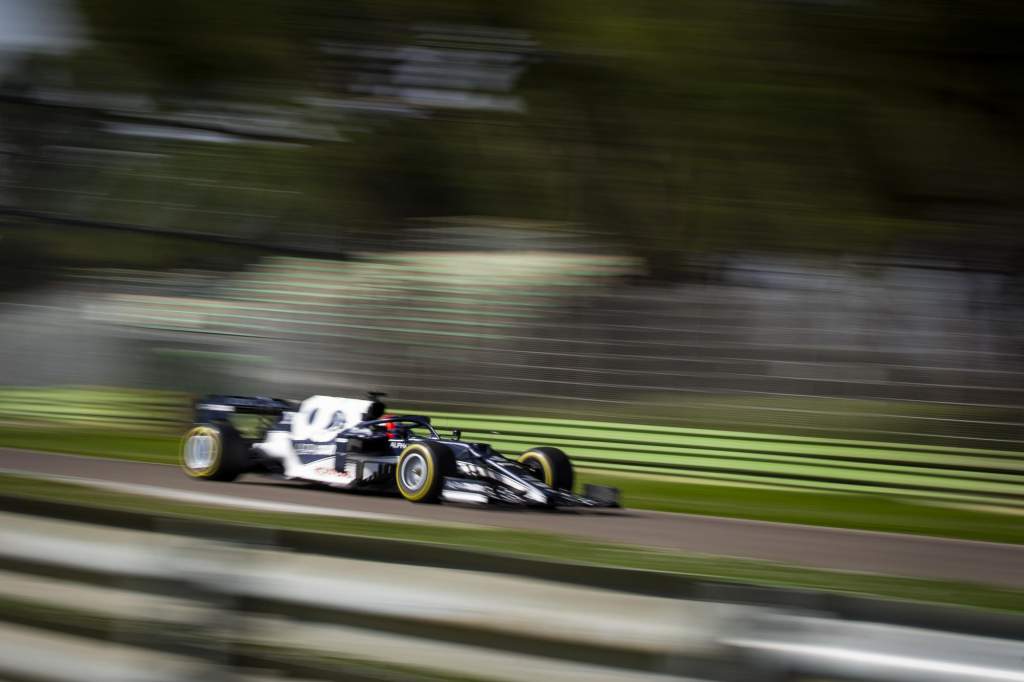
AlphaTauri declined the option of taking the Red Bull 2020-specification rear end, which would have been a ‘free’ upgrade, but has instead focused its effort on the front of the car.
It spent its two tokens on the nose, with the new version already being seen in action during its Imola shakedown.
Last year’s AlphaTauri was an effective and well-understood package, so the key with the new AT02 will be to ensure that the extra potential of the more compact nose is being harnessed properly.
The front wing, undernose aerodynamics and bargeboards all effectively create a single system that must work together to optimise the airflow of the entire car, so before other work can be done the team must be on top of this all working. Any discrepancies with simulations will have to be identified and understood.
AlphaTauri also has a new specification of Honda engine to integrate and understand.
But perhaps most importantly it also has a rookie driver in Yuki Tsunoda to get up to speed. While he’s already been given some seat time, he has just a day-and-a-half to get prepared for his F1 debut. – Edd Straw
ALFA ROMEO
Understand new nose and engine upgrade
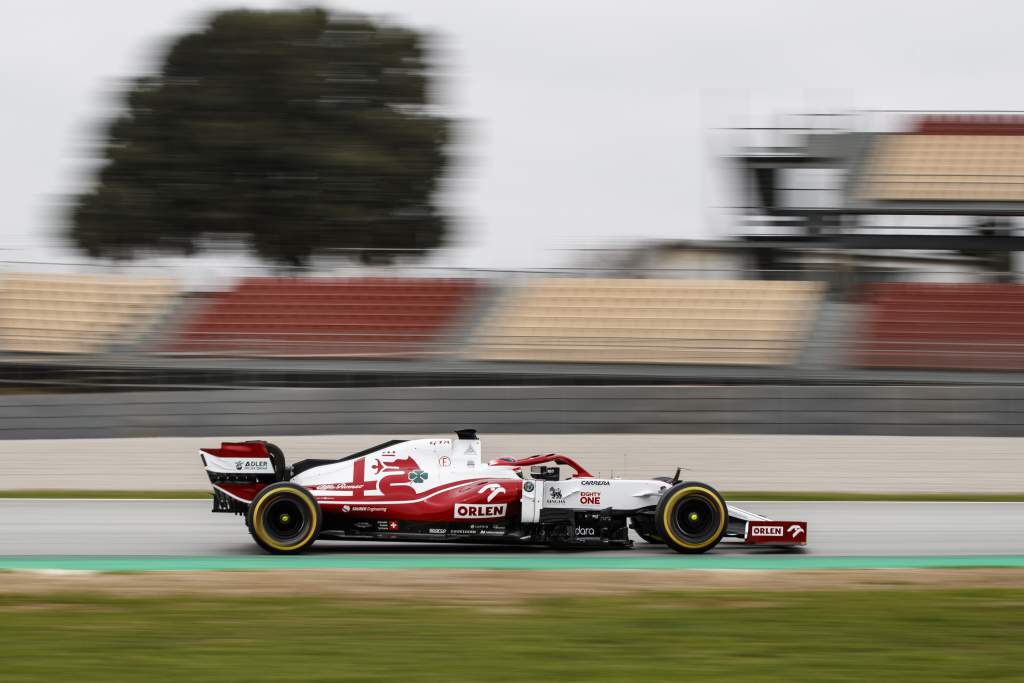
Alfa Romeo has already conducted a shakedown, so will have been able to sign off the basics of the car.
But given its main change this year has been a reworking of the nose structure to create a more compact design, there will still be plenty to learn on this.
While the nose change itself isn’t that dramatic and Alfa Romeo has not gone as aggressively narrow as teams like Mercedes and Red Bull, it can have a profound impact on the airflow of the car.
This means there will be plenty to understand given the importance of the interaction with the vortex-generators on the main plane of the front wing, the front wheel wake, the under-nose aero such as the cape and the complex bargeboards.
So we can expect plenty of aero runs with flo-vis pain and aero testing rigs attached to the car as the team will need to understand the way these systems work in the real world and ensure it correlates with simulations.
Given Bahrain is one of the more power-sensitive circuits, it’s also a good chance for Alfa Romeo to put the new Ferrari power unit through its paces and understand the way to optimise it given there have been changes to the ERS. – ES
Haas
Work out what it has to fight with
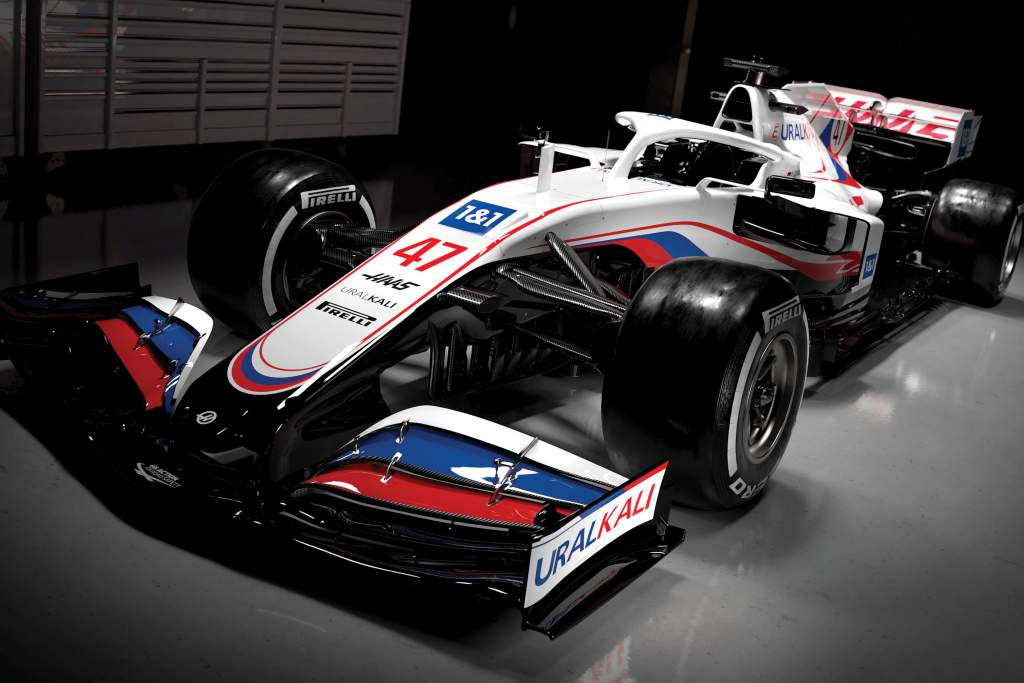
There has been restricted off-season development at Haas with no token spend on the VF-20 of last year, and the VF-21 will not be upgraded through the season.
That means what Haas has in pre-season is what it has to fight with through 2021.
In addition to the usual nuts and bolts of testing, then, Haas will need to work out how potent a collective weapon it really has.
That will range from something it has minimal control over (discovering the extent of Ferrari’s engine progress) to something testing will play a big part in preparing for (bedding in F1 rookies Mick Schumacher and Nikita Mazepin).
Understanding the aerodynamic upgrades incorporated into the VF-21 is probably somewhere in between. Discovering a shortcoming isn’t much good when there are no further updates planned, but on-track evaluations are still going to be very important to see if its “transitional” year is really just a season of treading water. – SM
WILLIAMS
Start new era strongly
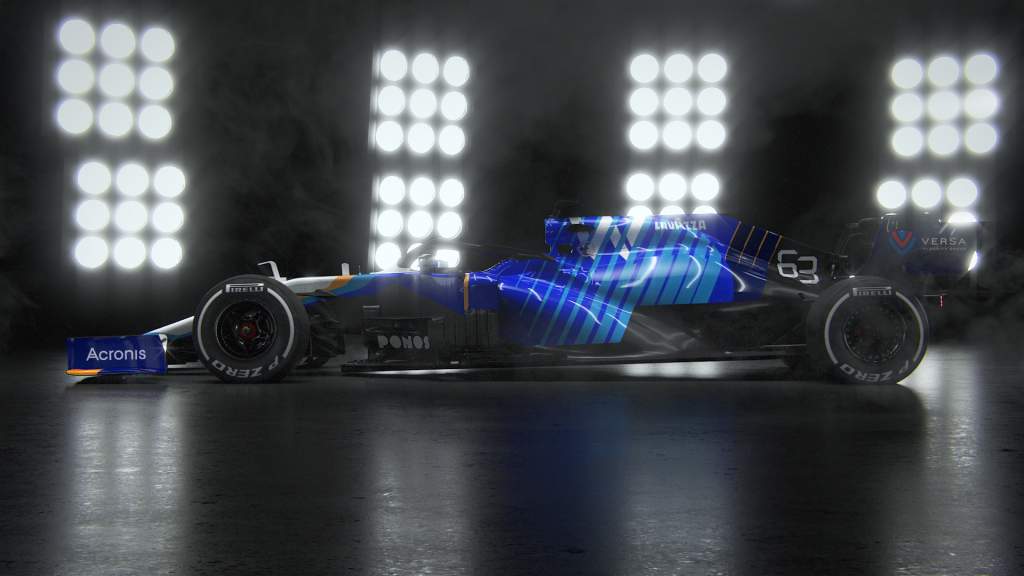
Two years ago, Williams didn’t have a car ready for the start of testing. In 2020, it had a car that was all about fixing the problems of the year before.
But this year, not only has its car long since had its first run at Silverstone, but it’s also ready to try out what team principal Simon Roberts described as “almost a first-race upgrade” at the test.
Once the basics of the car are signed off, expect to see components being back-to-backed to ensure they produce the simulated improvement. If they do so, it will be a big positive for Williams’s development plan, which is expected to continue well into the season despite the heavy investment on the 2022 car.
If this goes well, it will be the perfect start for new owner Dorilton Capital’s first car. While the Williams FW43B is a carryover car, like everyone else’s, a clear aero step forward in 2021 that works straight out of the box will prove that tangible gains are being made technically.
Given test driver Roy Nissany is on driving duty on day one of the test, expect him to be given plenty of aero testing work before handing over to the race drivers for the final two days. – MH









